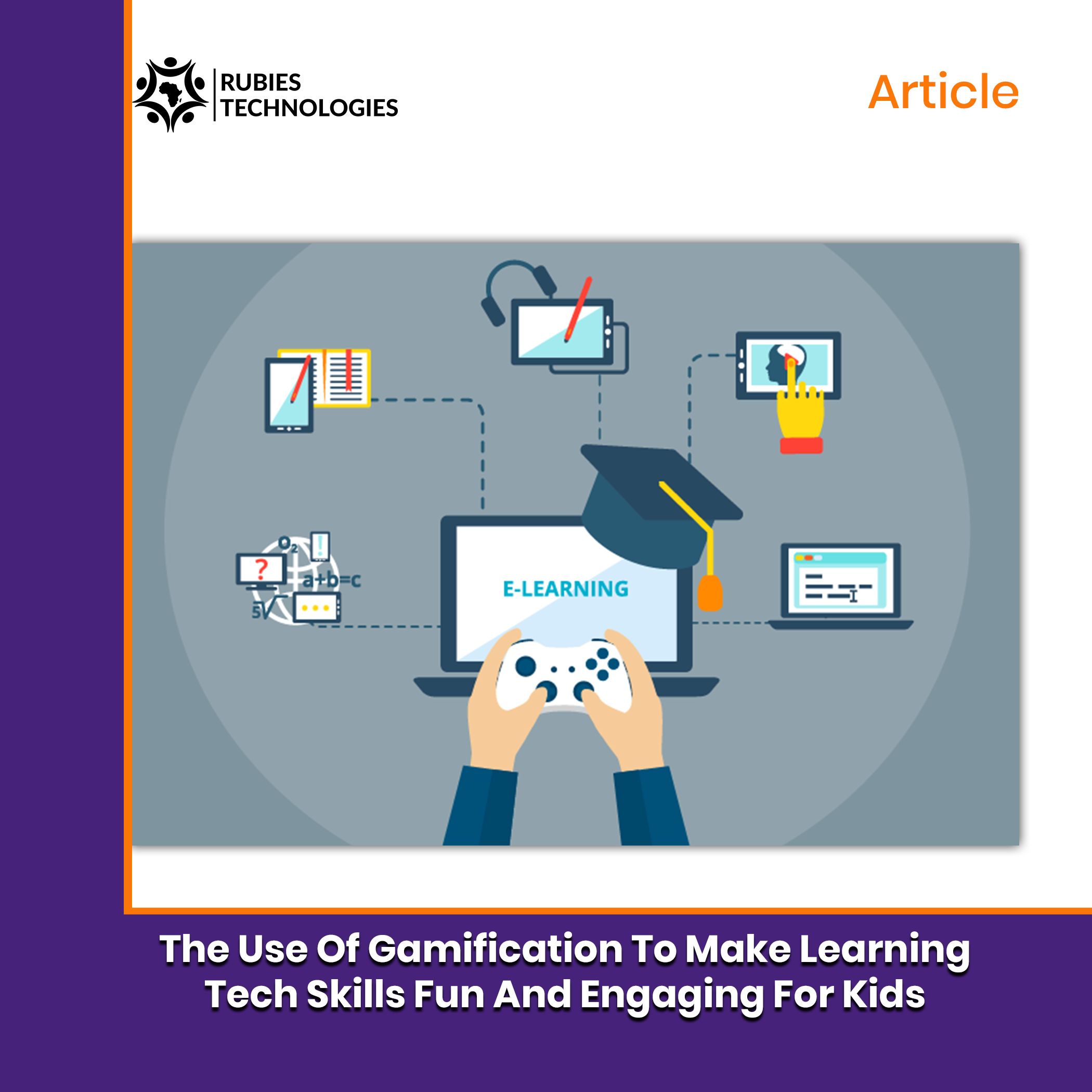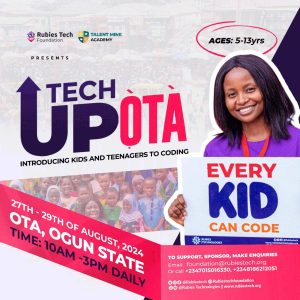Gamification is the process of using game elements in a non-game context. It has many advantages over traditional learning approaches, including increasing learner motivation levels, improving knowledge retention, and better learner engagement through social mechanisms like badges, points, or leaderboards. Gamification is about applying gaming strategies to enhance learning and make it more engaging for individuals.
Gamification for learning can be beneficial because games instill lifelong skills such as problem-solving, critical thinking, social awareness, cooperation, and collaboration.
Games also motivate individuals, increase interest in certain subjects, reduce the rate of attrition among learners, improve grades, and enhance their cognitive abilities.
Gamification prepares learners to be active and take responsibility for their own learning. Lessons filled with fun games are believed to be more effective in producing a positive outcome as learners are motivated to play more although they do not subconsciously realize they are learning. Gamification is also used to assist kids, especially in learning tech skills. This is applied so that kids can find the process of learning tech skills fun and engaging. Learning apps like Scratch and App Inventor introduced gamification into the learning of tech skills so that kids can enjoy the process of learning. These apps make the learning of tech skills like a game whereby kids enjoy the process and also see their progress.
Some of the ways gamification can be used to make learning tech skills fun and engaging for kids include:
1. Incorporating game-like elements: By adding elements such as points, levels, and badges to the learning experience, kids are encouraged to continue learning and working towards achieving the next level or earning the next badge.
2. Personalized learning: Gamification can be used to create a personalized learning experience for each student, tailoring the content and pace to their individual needs and abilities.
3. Collaborative learning: Gamification can also be used to encourage collaboration and teamwork, allowing kids to work together towards a common goal and learn from each other.
4. Immediate feedback: Feedback is an essential part of the learning process. Gamification can provide instant feedback to kids, helping them identify areas they need to improve and celebrate their successes.
5. Engaging content: Finally, gamification can be used to make the learning content itself more engaging and interactive, incorporating videos, animations, and other multimedia elements.
In conclusion, educators can make use of gamificatio n to inspire kids to learn and develop their tech skills while having fun.
Written by Afape Stephen



